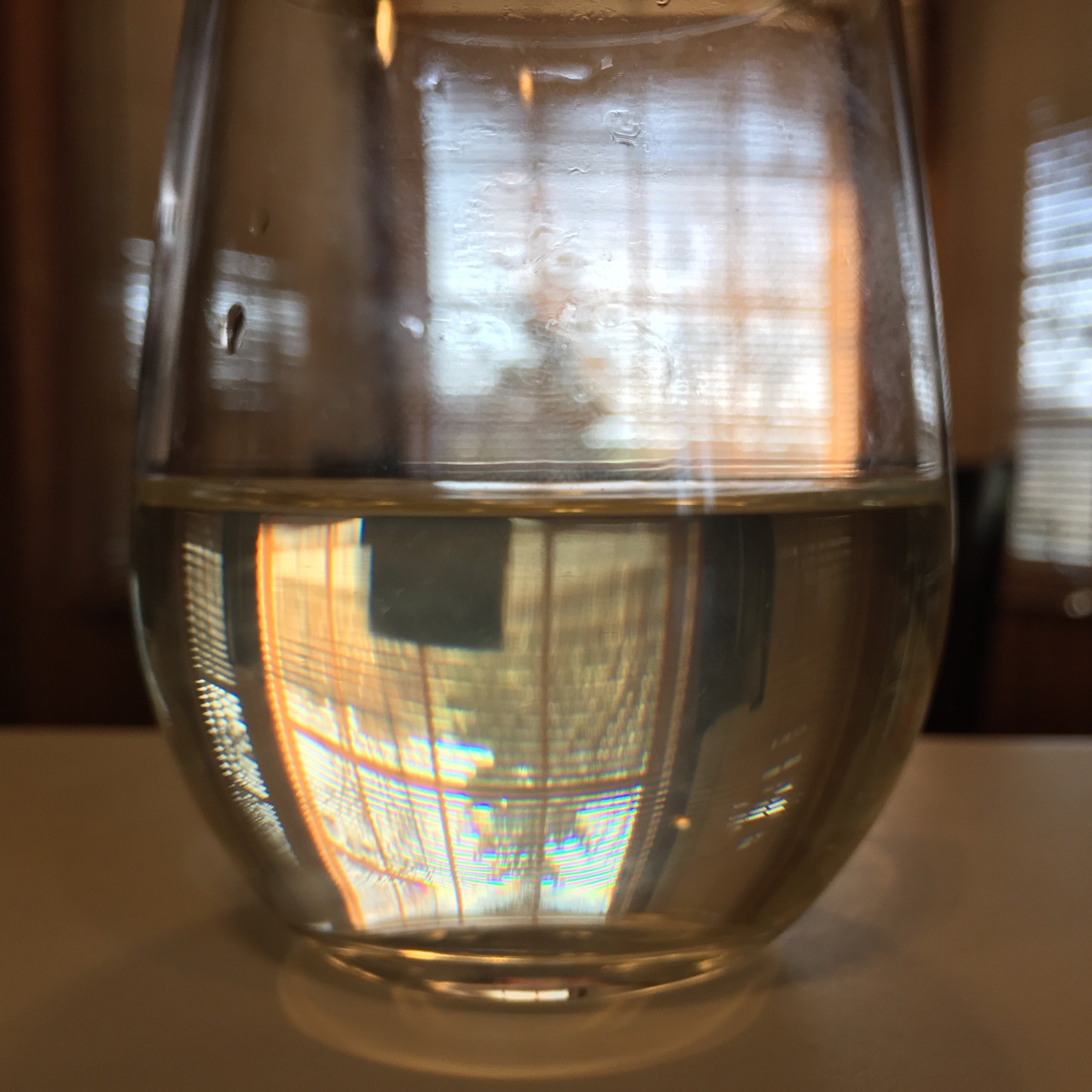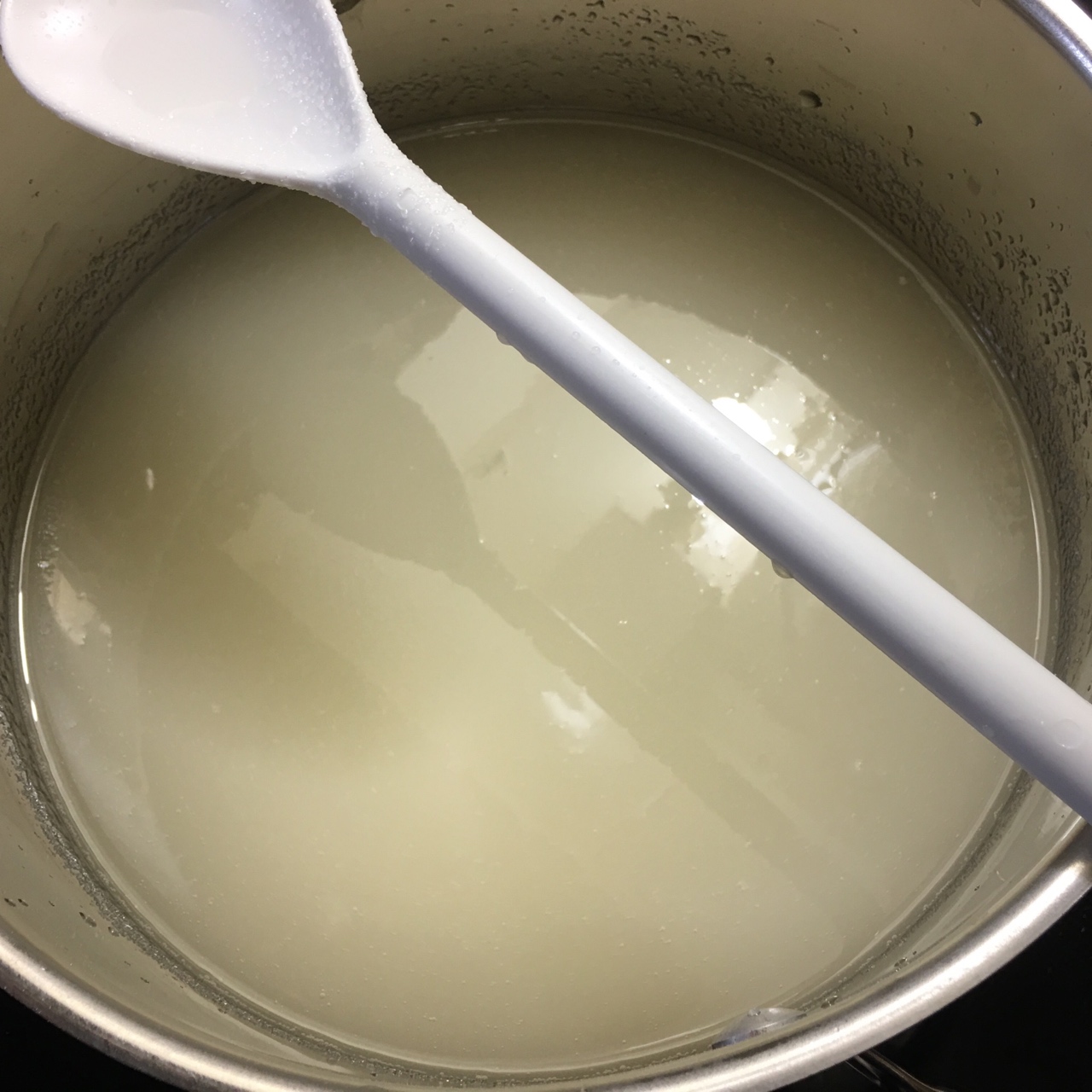
A couple of months ago, we found ourselves with 3 glass bottles of lemon juice in the fridge: several of the rabbit tractor water bottles had frozen overnight due to unseasonably cold temperatures and had split along seams, rendering them leaky and useless. The bottles that the lemon juice came in were the right size for replacements, and the metal spouts from the original water bottles were a perfect fit. Leaky bottle problem solved…but what to do with the lemon juice that the bottles formerly contained?
As a fermenthusiast (haha), I knew there had to be some way to create something enjoyable from those bottles of lemon juice. As I researched fermenting lemon juice, I discovered that it’s difficult to ferment because of the high acidity, and that citrus can sometimes produce an unpleasant odor due to sulfur dioxide when fermenting (rotten egg wine, anyone?). Fortuitously, however, I came across the beverage known as “Skeeter Pee” – it’s essentially wine made from lemon juice, and even better, bottled lemon juice!

After reading several recipes and mentally inventorying my ingredients, I realized that I didn’t have the yeast slurry that was called for in the recipe. The slurry is just the wine yeast sediment that remains in the bottom of the primary fermentor – it still contains active yeast and some of the flavors from the wine. Ironically, I had racked country wine recently and just washed the yeast slurry out of the bottom of the fermentor, not realizing it could be used again (face palm). I decided that the best chance of success with the yeast would be to gradually introduce activated dry yeast to the acidic medium by mixing small amounts of the lemonade base into the yeast and giving it time to acclimate. I did this over a period of days and ended up with nearly two quarts of very active yeast that was acclimated to the lemonade base – and it continued to be active once pitched into the primary fermenter. This method definitely works!
While in the primary fermentor, the mixture was aerated daily to encourage the ferment. At SG 1.050, nutrient and additional lemon juice was added to the actively bubbling mixture, then it was racked to a carboy to complete fermentation. I decided not to use fining (clarifying) agents, so I’m allowing it additional time to clear in the carboy.
When there’s a little too much liquid to fit into the carboy, I reserve it in another mini-carboy (a wine bottle or growler, depending on how much remains), airlock it, and let it finish its ferment. It also allows for sampling without decreasing the volume in the main carboy: the “extra” Skeeter Pee had a nice lemon flavor but benefited from backsweetening – a little simple syrup to taste worked well. I’ll backsweeten the 5-gallon carboy when the Skeeter Pee has finished clearing.
Chilled, the Skeeter Pee will be a very vibrant, sunny beverage…just right for summer! I’d definitely make this again, but may add fruit juice for new flavors. This is the kind of wine that allows for creativity!
Don’t have any yeast slurry? Instructions for using activated (dry) yeast, instead, here: https://www.winemakingtalk.com/threads/my-pee-is-fermenting.6446/page-2#post-44888.

3 thoughts on “Wine Chronicles: Skeeter Pee (Lemon Juice Wine)”
Comments are closed.